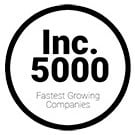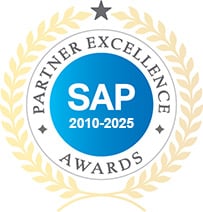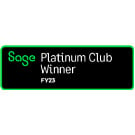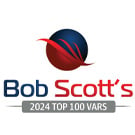
INDUSTRY SOLUTIONS
Manufacturing
Overcome supply chain issues, simplify real-time reporting, and gain control over all aspects of your business with the right ERP solution delivered by Vision33.
THE CHALLENGE
Today’s Manufacturing Challenges
As the market gets more competitive and complex, manufacturing companies are facing unique challenges.
Supply chain complexities: Challenges in streamlining procurement, production planning and inventory management. Complexities related to shipping, international trade, and currency fluctuations.
Controlling production costs: Challenges managing production costs. Struggles accessing accurate, real-time reports to make faster business decisions.
Managing product configurations and quality assurance: Complexities handling product structures, variations, and customisation requirements. Challenges managing quality control standards and related reporting.
Regulatory compliance and reporting: Stringent manufacturing regulations and compliance with regulatory reporting requirements. Intricacies of manufacturing operations, which can complicate reporting and analysis.
Quality assurance: Challenges integrating quality control standards and related reporting.
Lack of integration: Struggles with specialised manufacturing software that’s disconnected from other systems.
Workforce and asset management: Struggles with talent and scheduling. Challenges tracking and optimising asset utilisation, maintenance schedules, and equipment performance.
Environmental sustainability challenges: Complexities with managing the environmental impacts of manufacturing processes and reporting on sustainability goals.
THE SOLUTION
How the Right ERP Solution Can Help
If your manufacturing business is facing these challenges, the right ERP solution can help.
Get unstuck and move your business forwards today.
Adapt Faster
Adapt quickly to changes that occur both upstream and downstream and optimise supply chain management.
Stay On Time and Schedule
Provide reliable delivery times by reducing lead times and optimising processes.

Drive Higher Direct Utilisation Rates
Enhance machine and labour utilisation rates by improving efficiencies with fewer indirect labour hours.
Quote More Accurately
Provide detailed quotes and efficiently manage employees, resources, and materials.
Improve Customer Satisfaction
Use advanced quality controls to ensure your customers are getting high-quality products.
Reduce Preproduction Time
Start projects faster with improved planning, communications, and responsiveness to ever-changing requirements.
Our Related Solutions
Become a best-run organisation with future-ready solutions.
Our Related Services
Get end-to-end services from our global team of experts.

TRUSTED, EXPERIENCED, GLOBAL
Vision33’s Advantage
Industry Experience
With 20+ years of experience and a global presence, we’ve worked with hundreds of clients in the industry and understand its unique opportunities and challenges.
Proven Process
Our certified consultants will work with you, start to finish, to uncover your needs and implement a solution that’s right for your business, goals, and budget.
End-to-End Services
Stay focused on your core business priorities. We handle your entire implementation, ensuring minimal impact on your day-to-day business.
Ongoing Support
After go-live, get ongoing access to our customer support team, library of resources, and customer-only events to get the most from your investment.
Which industries does Vision33 have experience with?
With 1,500+ active customers around the world, Vision33 has helped hundreds of organisations across a wide variety of industries, including manufacturing, distribution, professional services, subscription/SaaS, food & beverage, brewery & distillery, life sciences, industrial machinery & components, high-tech electronics, not-for-profit, government, and more.
Ready to Transform Your Business?
Make Vision33 your partner for success.
INDUSTRY ACCOLADES
Awards & Recognition







Ready to Transform Your Business?
Make Vision33 your partner for success.